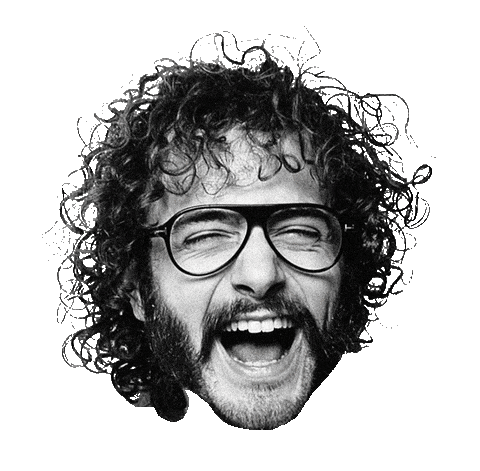A selection of my personal photo projects over the years.
My style has naturally shifted with time (in both subject matter and technique) but one thing has stayed the same: I’m drawn to moments, people, and places that feel singular.
Nostalgia has always been a quiet undercurrent in my life.
Photography has become a small, personal way of leaning into that feeling. It lets me linger a bit longer;
helps me make peace with time.
THE CUBA EPISODES
Personal ProjectPP
Back then, the policy of détente toward Cuba could be symbolized by the Rolling Stones’ concert. While seemingly frivolous, it left a deep mark on the island’s collective psyche. This event was seen as a celebration of the emerging openness in Cuban society and culture and attracted a massive audience, emphasizing the potential for cultural exchange between Cuba and the world. The atmosphere throughout the island nation was one of euphoria and hope.
Traveling to Cuba with my father was an experience steeped in significance. He has always been captivated by the history and iconography of the 20th century, and few events hold as much symbolic weight as the Cuban Revolution. His office is a quiet shrine to this fascination, a gallery of framed Magnum prints taken during the revolution, capturing figures like Fidel Castro and Che Guevara in moments that have since become timeless. These images were not collected out of personal admiration for the men or their cause but rather as artifacts of a pivotal chapter in “Western” history.
As we stepped onto the island, it did not feel foreign. Instead, it resonated with an odd sense of familiarity, as though the photographs in my father’s office had quietly prepared us for the streets, the colors, and the echoes of a history that had always loomed large in his imagination. The romanticized image we held of Cuba collided with a far more complex reality on the ground. Conversations with locals revealed a spectrum of perspectives: some blamed the hardships on Castro’s government, others on the weight of international sanctions. Yet beneath those differing views ran a shared sentiment, a quiet acknowledgment that the Cuban people were not living to their fullest potential, whatever that might mean in a country shaped by both pride and constraint.
Cuban President Raúl Castro initiated reforms starting in 2011, which included allowing for more private enterprise, expanding internet access, and increasing foreign investment. These changes were part of a broader strategy to modernize the economy and address the challenges facing the country after decades of strict state control. Later in 2014, Obama announced a historic shift in policy towards Cuba, aiming to normalize relations between the two countries after more than 50 years of hostilities. This included easing travel restrictions, expanding trade, and reopening embassies in both nations. While these reforms have led to some economic improvements and a slight increase in personal freedoms, the government has maintained tight control over political dissent and civil liberties.
In a selfish way, my love for all things mid-century made me quietly delighted that Cuba’s infrastructure seemed frozen in time. Of course, this wasn’t by choice: it was the unintended result of decades of trade restrictions and international sanctions. Yet out of necessity, Cubans had developed an extraordinary sense of ingenuity. I was constantly amazed by their homemade solutions to the scarcity of spare parts; nothing was ever discarded, everything was repaired, repurposed, or reinvented. Over time, this resilience gave rise to a distinct Cuban material and design language.
This trip was also the first time I truly sensed how the choices made by those in charge could ripple into the everyday rhythm of people’s lives. I’d never been particularly interested in politics or governance, so I’d rarely thought about how abstract ideas could shape real lives. But in Cuba, that connection became clear. I began to see how words and choices (those that might seem distant or theoretical) could leave marks on streets, buildings, and people’s routines. It might sound like an obvious realization, yet in the comfort of our Western lives, that cause-and-effect often feels blurred, almost invisible.
Since then, I’ve wanted to see more of the world, to understand how different societies live, and what small things are still consistent and common. As a photographer I’m still figuring out how to capture those differences and commonalities honestly, without trying to make them look grand or exotic, just real. And try to navigate the privilege and responsabilities, without a hint of arrogance. Hasta pronto, Cuba.
.
.
.
